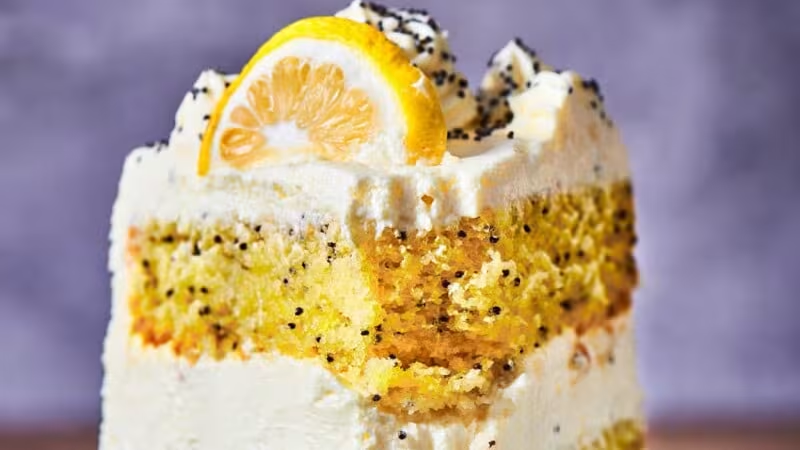
Deliciously Unique Yellow Poppy Recipe: A Must-Try Delight!
Written by Jessica Lopez
Published at 28-06-2022
Edited on 03/12/2025 | 01:47 PM
Dessert RecipesCourse: Dessert
Cuisine: American Vintage
Difficulty: Moderate
Servings
10-12 slices
Prep Time
25 minutes
Cooking Time
35 minutes
Total Time
1 hour
Fat
18g
Protein
5g
Carbs
55g
Calories
450 kcal
Welcome to the world of culinary exploration with our delightful yellow poppy recipe! If you're looking to elevate your cooking game and impress your friends and family, this vibrant dish is just what you need. The yellow poppy, not only beautiful but also edible, brings a unique flavor and eye-catching color to your plate. In this recipe, we’ll guide you step-by-step to create a memorable dish that showcases the delicate notes of this fascinating flower.
Perfect for special occasions or simply to brighten up your everyday meals, this yellow poppy recipe is a versatile addition to your culinary repertoire. Imagine serving a dish that not only tastes incredible but also sparks curiosity and conversation at your dinner table. The gentle, nutty flavor of the yellow poppy seeds combined with fresh ingredients makes for an unforgettable experience for your taste buds. Plus, with the rising trend of incorporating edible flowers into our meals, you’ll be ahead of the curve while indulging in this stunning dish. Whether you’re a seasoned chef or a beginner in the kitchen, our easy-to-follow instructions will ensure you achieve delicious results every time.
Get ready to delight your senses and impress your guests with this unique yellow poppy recipe that celebrates the beauty of nature in your cooking. So, gather your ingredients, and let’s embark on this flavorful journey together. Your taste buds will thank you!.


